Culture, history and art comes wrapped in one vibrant package at this insightful exhibition about Jewish comic books
"There are, of course, other stereotypes in all ethnic groups that warrant consideration," said Will Eisner in a 2003 interview on his graphic novel, Fagin the Jew. "The Jewish ones have been used to hurt, so there is an emergency to their examination." The Museum and Laboratory of the Jewish Comic Experience (Jewce), an exhibition currently on at the Center for Jewish History in New York, looks not just at how others see Jews, but at how Jews see themselves. It is a compact but dense display on Jewish identity across several cultures, as seen through comic books, from early 20th-century political satire to superheroes who became an integral part of American popular culture, to comments on contemporary life in Israel. To quote the curators: “The history of comics is, in many ways, a history of the modern Jewish experience.”
The five micro-exhibits each examine a different aspect or time period of Jewish comic history and occupy one part of the space, which includes a wonderful reading room full of books and comfortable chairs. The second room is the 'lab' space, the immersive activities in which are designed for both children and adults. These involve interactive photography set-ups with a range of costumes, props and analogue formats (for the more old-school inclined) that include a variety of drawing surfaces.
Eisner himself is represented by a 1946 cover of The Spirit, featuring the masked vigilante. This is just one of many superheroes represented, beginning with Joe Shuster and Jerry Siegel’s 1938 Superman, beings who were capable of saving populations in imaginary metropolises. In the shadow of the Holocaust, Jewish comic artists such as Jack Kirby, Stan Lee, Eisner, and others created Golem-inspired heroes. These were characters who, like their creators, immigrated to earth from unknown or barely known foreign universes, possessed dual identities and functioned in liminal outsider status within urban geographies.
The Golden Age of Comic Books (1936-1956) is well exemplified, but the history of comics begins with an early cartoon, a drawing of Tsar Nicholas’ head on a rooster’s body, the Yiddish text suggests it wouldn’t be such a bad idea if the Tsar met the same fate as a chicken to be sacrificed on Yom Kippur in the ritual of kapores (an atonement ritual). In another cartoon, three figures easily identified as Jewish are about to be eaten by a humanoid monster with fangs, talons and a scaly tail – a representation of the Russian Empire devouring a “Hillel sandwich”. Not only were comics a form of social critique when no other was available, in Russia and later in New York, they were a source of employment when immigrants and their children were barred from advertising, publishing and other “legitimate” media formats.
Cartoons by women are represented by 16-year-old Liesel Felsenthal, who drew images from the labour and death camps where she was imprisoned, and American artist Lily Renée Wilhelm, whose mother saw an ad for illustrators at Fiction House and encouraged her daughter to apply for the job. Lily escaped Vienna in 1938 via the Kindertransport, joined her parents in New York, and went on to illustrate Señorita Rio, about a spy who faked her death in order to exact revenge for Pearl Harbor.
The show also includes the work of Sephardi cartoonists, such as Joann Sfar (The Rabbi’s Cat), and contemporary cartoons that lampoon the Israeli government with characters who resemble actors from the satirical TV series, Eretz Nehederet. Perhaps the two most well-known genres that Jewish comic artists celebrate – satire and superheroes – are wonderfully documented at Jewce, an unmissable exhibition about looking to the lighter side of the Jewish expereince, even when times get so dark.
By Susan Daitch
Photos by John Halpern
The Museum and Laboratory of the Jewish Comic Experience runs until Sunday 31 December. Times vary. FREE. Center For Jewish History, New York, NY 10011. jewce.org




